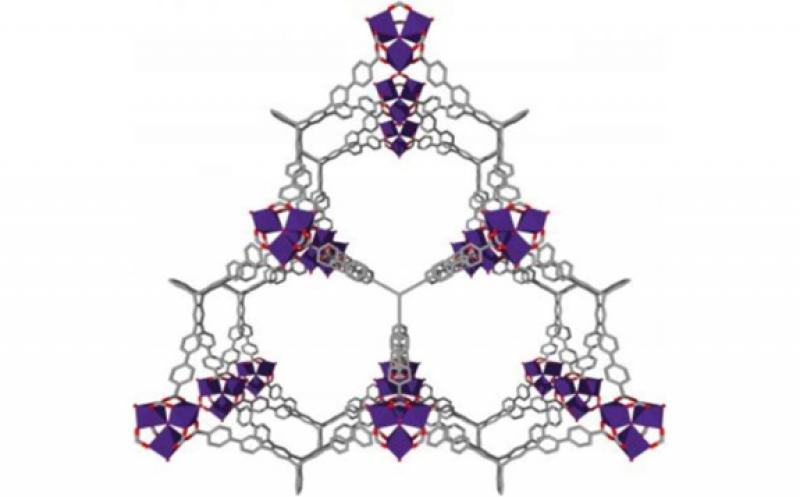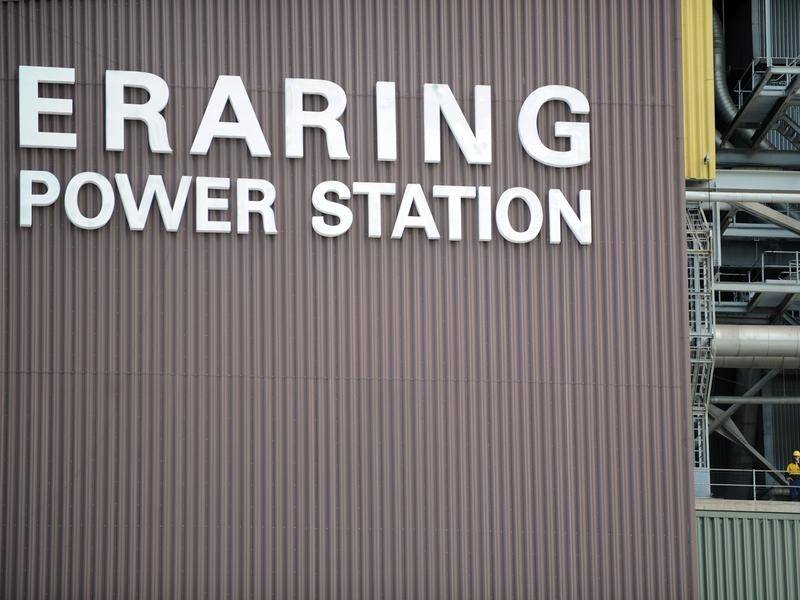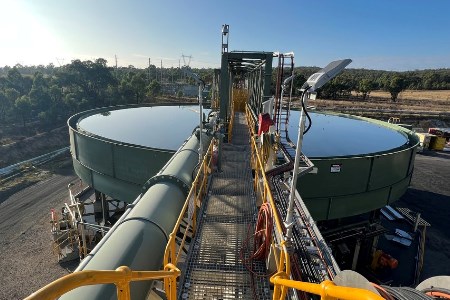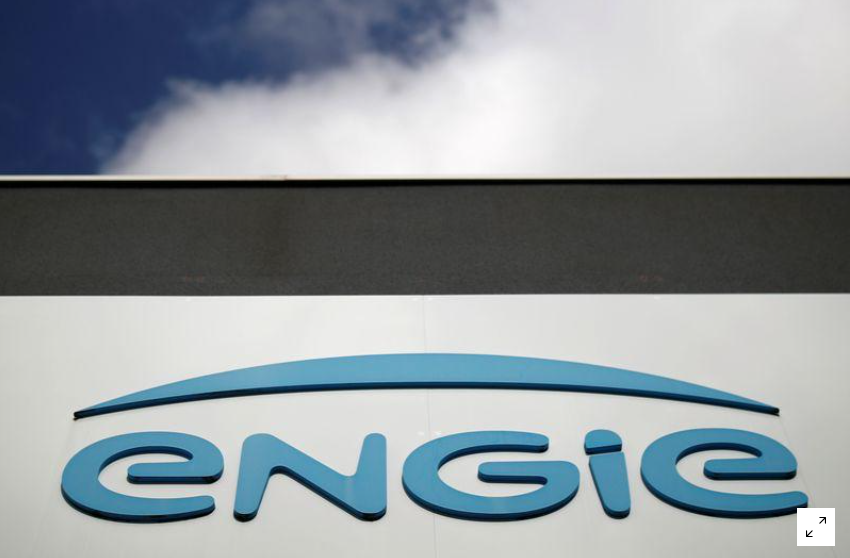New metal-organic framework materials with ultrahigh porosity and surface area could help in the development of next generation fuel cell-electric vehicles.
 Highly porous programmable sponge for clean energy storage (Image: Northwestern University)
Highly porous programmable sponge for clean energy storage (Image: Northwestern University)
Northwestern University in Illinois led the design and synthesis of a type of a metal-organic framework (MOF) that can store more hydrogen and methane than conventional adsorbent materials at much safer pressures and at much lower costs.
Nanocage aims to trap and release hydrogen on demand
“We’ve developed a better onboard storage method for hydrogen and methane gas for next-generation clean energy vehicles,” said Omar K. Farha, who led the research. “To do this, we used chemical principles to design porous materials with precise atomic arrangement, thereby achieving ultrahigh porosity.”
Thanks to its nanoscopic pores, a one-gram sample of the Northwestern material has a surface area that would cover 1.3 American football fields.
The new materials could be a breakthrough for the gas storage industry at large, Farha said in a statement, because many industries and applications require the use of compressed gases such as oxygen, hydrogen, methane and others. The study, combining experiment and molecular simulation, is published in Science.
Dubbed NU-1501, the ultraporous metal-organic frameworks are built from organic molecules and metal ions or clusters which self-assemble to form multidimensional, highly crystalline, porous frameworks.
Hydrogen- and methane-powered vehicles currently require high-pressure compression to operate with the pressure of a hydrogen tank 300 times greater than the pressure in car tyres. Because of hydrogen’s low density, it is expensive to accomplish this pressure.
Developing new adsorbent materials that can store hydrogen and methane gas onboard vehicles at much lower pressures can help scientists and engineers reach US Department of Energy targets for developing the next generation of clean energy cars.
To meet these goals, the size and weight of the onboard fuel tank need to be optimised. The highly porous metal-organic framework materials in this study are claimed to balance the volumetric and gravimetric deliverable capacities of hydrogen and methane, bringing researchers one step closer to attaining these targets.
“We can store tremendous amounts of hydrogen and methane within the pores of the MOFs and deliver them to the engine of the vehicle at lower pressures than needed for current fuel cell vehicles,” Farha said.







